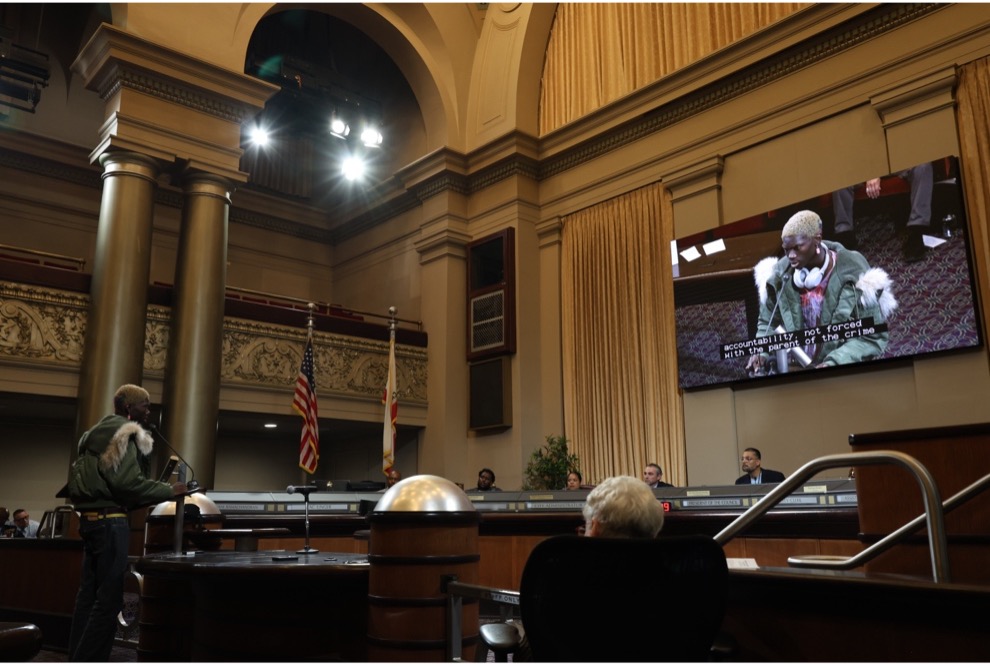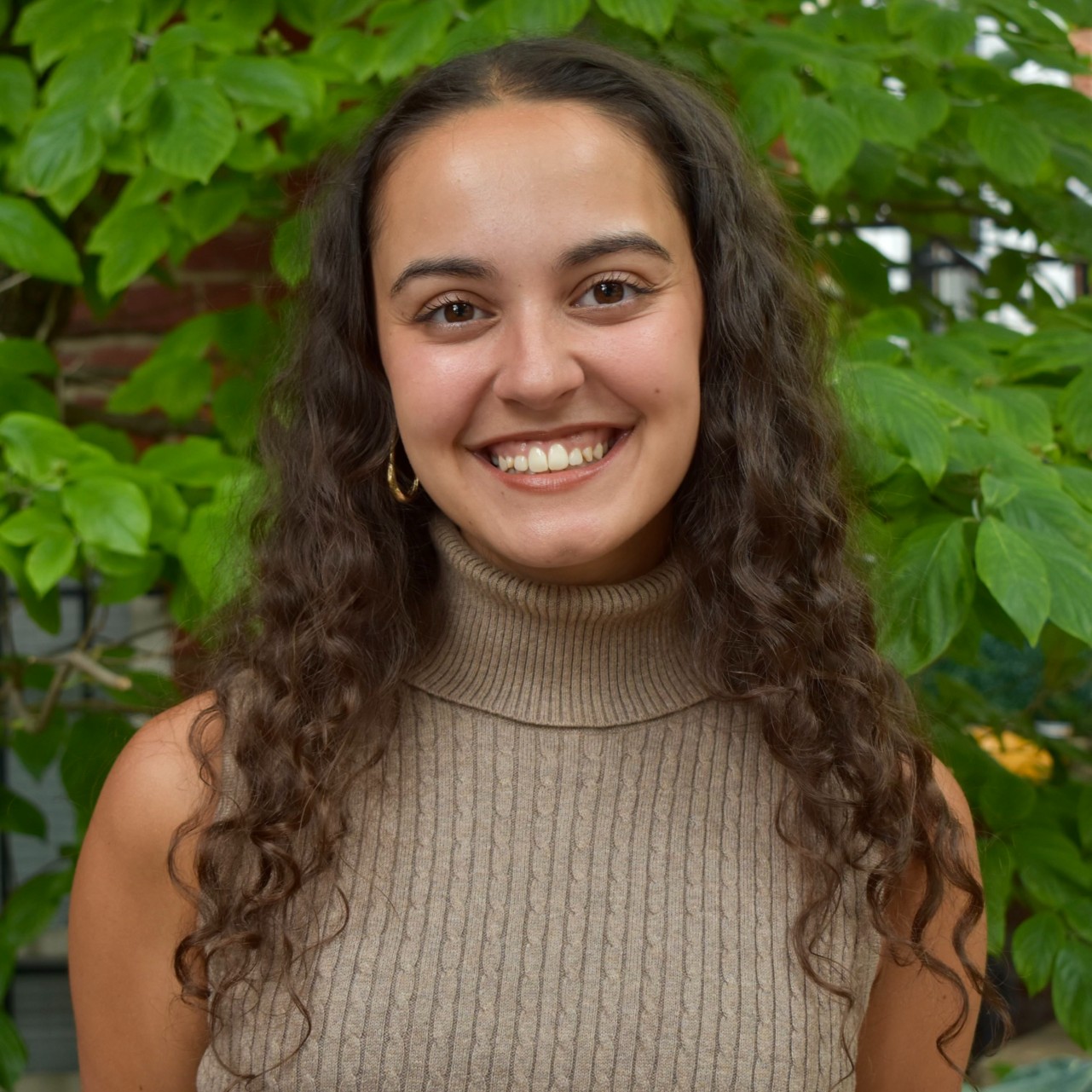
An Oakland Police commission made it easier for officers to engage in high-speed chases. Seven appointed residents voted unanimously on Sept. 25 to allow police to pursue suspects at any speed with supervisor approval.
The vote eliminated a requirement for officers to receive two separate approvals before conducting a high-speed chase. The first, to begin pursuing a suspect, and the second, to drive over 50 miles per hour. The new policy will go into effect on Jan. 1.
Oakland Police Chief Floyd Mitchell proposed the policy change to help officers catch criminals, but emphasized his priority to maintain community safety.
Opponents of the change said high-speed chases are not worth the danger posed to the public. Lance Wilson, policy director at the Anti Police-Terror Project, said, “When these pursuits are happening, they get out of control and reckless, and innocent lives are lost. We’re tired of the devastation in our community.”
Oakland resident Rajni Mandal believes more pursuits are necessary to reduce crime in the city. “[The new policy] is a step towards making me feel safer. There is like, this sense of lawlessness. Changing that perception that Oakland is a place where you can get away with anything will help that,” she said.
Some policy restrictions have stayed in place. OPD can only chase criminals suspected of violent forcible crimes or crimes involving a firearm. California Highway Patrol and local police departments, like San Francisco, San Jose and Hayward, allow pursuits over violent misdemeanors.
Mitchell decided not to expand the crimes eligible for pursuit despite requests from Oakland business owners to address the increase in nonviolent burglaries. “There are a number of people that believe that we didn’t go far enough. There’s a number of people that believe we went too far,” Mitchell said when addressing the Commission.
Although residents disagree on how to reduce crime in their city, many referred to the vote as a compromise.
“Nobody is totally happy, but I think it was the best way forward,” said Mandal.
She believes opening up avenues for pursuit would have led “to more harm than good” in cities like Oakland that are densely-populated with many pedestrians.
Kai Watanabe, an activist with Oakland Alliance Against Racist and Political Repression, said she thinks the decision was “a solid compromise,” since the policy included accountability measures that require immediate verbal approval from a supervisor.
One person who is happy with the change is Governor Gavin Newsom. In early 2024, Newsom placed 120 CHP officers in Oakland to address violent crime and traffic violations. He threatened to remove CHP support last winter if the city didn’t change its pursuit policy.
“You could be drunk, you can run a red light, you can come close to side-swiping a school bus during the morning hours right in front of a police officer, and the pursuit policy in Oakland says we can’t, we cannot pursue that suspect,” Newsom said.
CHP presence in Oakland is controversial. CHP officers don’t have to follow OPD policy when operating in Oakland, so they can pursue non-violent offenders and aren’t bound to the 50 miles per hour speed limit.
In May, CHP officers tried to stop a car connected to a felony-evading incident in Alameda County. CHP pursued the driver, 18-year-old Eric Hernandez-Garcia, but quickly ended their chase after he began driving recklessly at speeds close to 100 miles per hour. A CHP plane tracked Hernandez-Garcia’s vehicle so officers were able to find him, about 15 minutes later, when he pulled over. He drove away and CHP chased after. About 30 seconds later, he crashed into a van, injuring passengers, and fled the scene. CHP did not pursue. Within 20 seconds, Hernandez-Garcia crashed into 40-year old high school math teacher Dr. Marvin Boomer, killing him instantly.
Although CHP was not pursuing the vehicle at the time of the crash, Nina Woodruff, Boomer’s girlfriend, blames both the driver and CHP. She told the San Francisco Chronicle, “Why are you chasing anybody in a residential neighborhood? You’re asking for someone to get killed. You’re causing someone to get killed,” she said.
Boomer’s death was devastating to the community and its timing caused controversy.
A week prior, Mitchell had advocated for less restrictions on police chases. To some, Boomer’s death was a reminder of why limitations on police pursuits are necessary.
In 2022, former OPD Police Chief LeRonne Armstrong put the speed-limit policy in place after two bystanders were killed during OPD chases. One was an unauthorized pursuit where officers sped up to 100 miles per hour without sirens or lights.
OPD chases have decreased significantly since. In 2021, officers pursued 181 vehicles. In 2023, they pursued 78.
Today, OPD isn’t the only police force conducting chases in Oakland. CHP Deputy Commissioner Ezery Beauchamp said that in 2024, CHP arrested 150 felons from a total of 500 pursuits. He credits the joint operation between CHP and OPD with the reduction in crime last year. “We need to recognize, when police can’t stop individuals for committing crime, that those criminals get away with more and more crime,” he said.
Violent crime has fallen in Oakland this year. According to OPD crime reports, as of August, Oakland’s violent crime rates were 30% below violent crime rates in 2024. There have been 45 homicides in Oakland in 2025 compared to 57 this time last year.
Some Oakland residents don’t think the reduction in crime is due to CHP presence, but instead due to policies that tackle the underlying roots of crime, like poverty and homelessness.
“Police come after the crime is committed. They don’t prevent the crime,” Wilson said. “The most successful communities are the communities with resources, not more police.”

